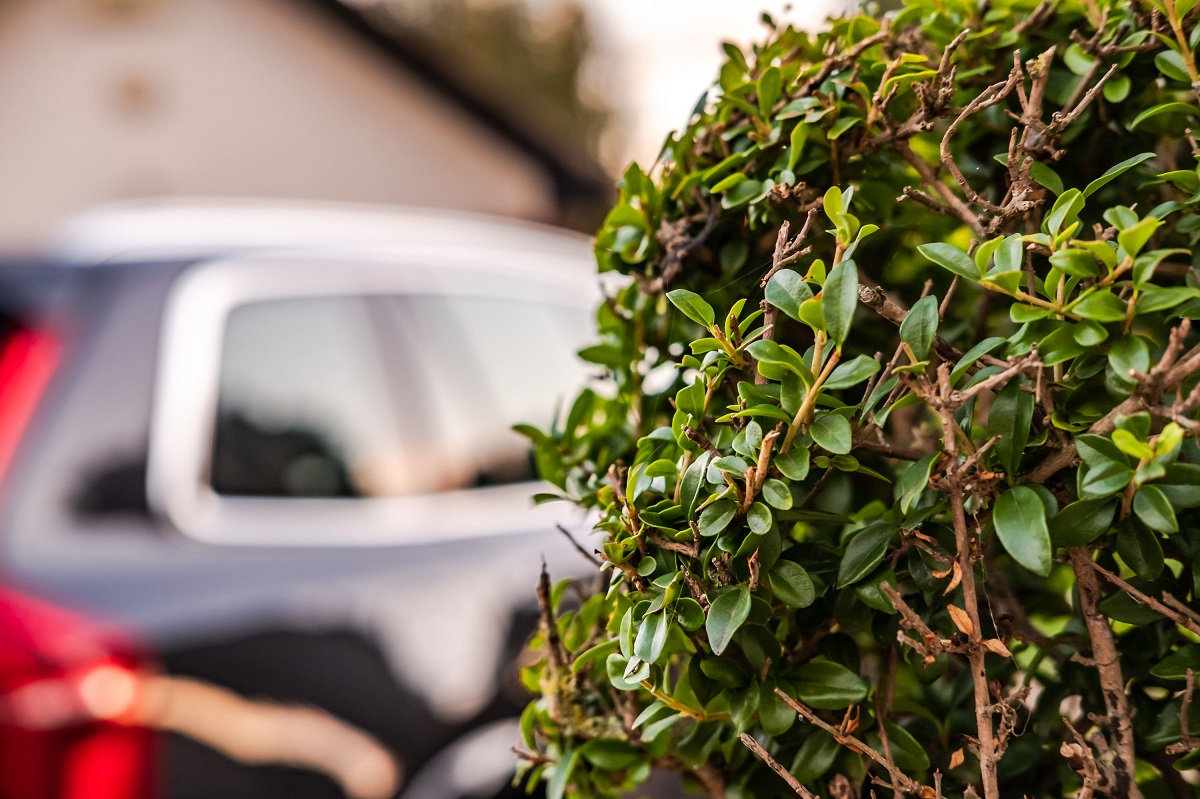Gardeners can do their bit for the environment by planting pollution busting plants.
David Mitchell, horticulture buying manager, says: “Plants do have a hard time with pollution. Since the leaves need to ‘breathe’, anything that limits that exchange, such as airborne gasses or if the pores are blocked by dust and grime, will limit their potential.
“Fruit trees, in particular, can struggle and yields can be as low as half of what they would be in cleaner air.”
Pollution-busting plants
Here are five of his favourite pollution-tolerant plants and how to care for them…
1. Pyrus calleryana ‘Chanticleer’

This ornamental pear is an exceptionally good tree for small urban gardens, with its upright, narrow shape and branches that are smothered with white blossom early in spring (April to May).
The leaves turn a vibrant red and purple in the autumn before falling and some years, the tree will produce small inedible brown fruits. It does best in moist but well-draining soil (clay, sand or loam) and in full sun.
2. Buddleia
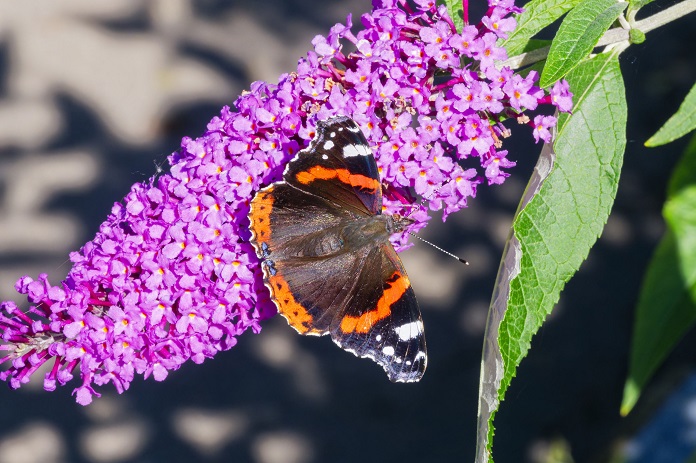
Known as the butterfly bush, Buddleia produces clusters of deeply scented flowers from midsummer into autumn. Rich in nectar, this fast-growing, hardy deciduous shrub attracts butterflies, bees and other insects, and thrives in any well-drained soil (chalk, loam or sand).
3. Camellia
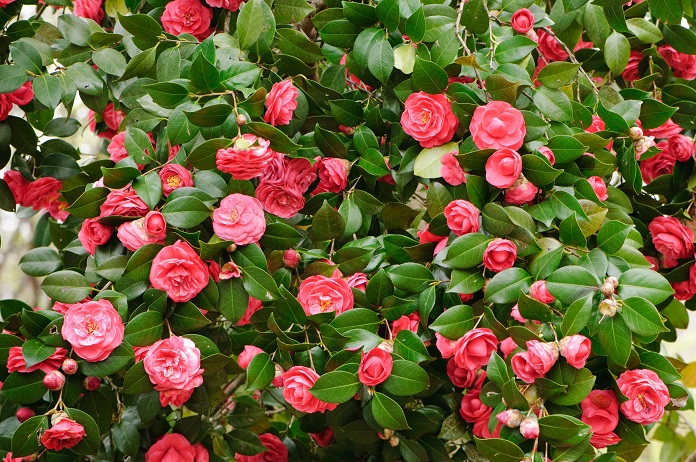
Producing rich, colourful flowers with ruffled petals and golden stamens in late winter into spring (February to April), which are offset by glossy evergreen leaves, the camellia proves that beautiful plants can also be tolerant to pollution.
Plant in light shade, in shelter, and in moist but well-drained, humus-rich, lime-free soil (loam) or in a container, in ericaceous (lime-free) compost.
4. Buxus sempervirens
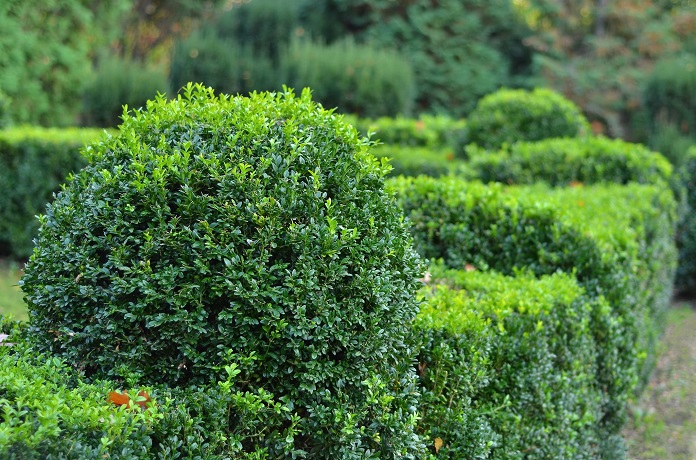
This classic British native evergreen is ideal for low hedging, boundaries or divisions in formal gardens in both modern and traditional settings.
It responds well to being trimmed and thrives in the shade, and most well-drained soils (chalk, loam or sand). It’s excellent for growing in containers, as topiary and for training as feature plants.
5. Berberis
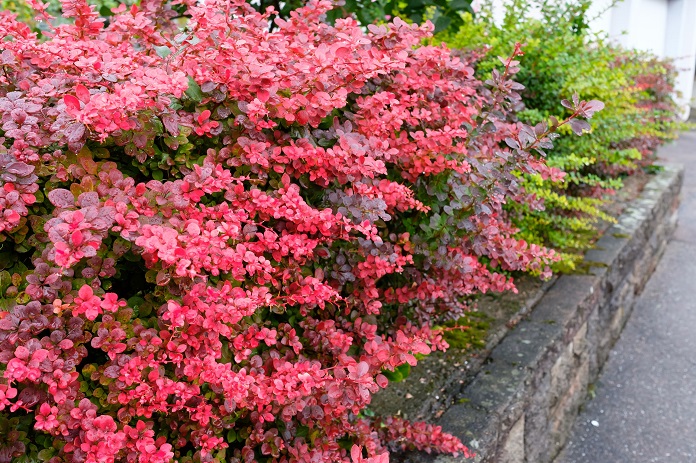
This easy-to-grow barberry has spiny shoots and simple leaves. Soft yellow or orange flowers appear in spring (April to May) and are followed by small berries in the autumn. This deciduous or evergreen shrub will succeed in a wide range of conditions.
Plant in full sun or partial shade in well-drained humus-rich soil (chalk, loam or sand), although it will be tolerant of most soils as long as they are reasonably well-drained.
You may also be interested in…























































